Name: Paul Ingles
Location: Albuquerque, New Mexico
Topics: Radio, Host, Music, Talk, Peace
Quote: “If we can’t figure out how to resolve conflicts with people in our own neighborhood, with our smaller circles, then how can we expect other people to work things out in the Middle East or along our borders?”
Listen:
College Radio Station
My name is Paul Ingles. I’m a radio producer and reporter living in Albuquerque, New Mexico. I grew up in the Washington, DC suburbs. I was born in 1956 and went to high school there (Washington DC). I left in 1974 to go to undergraduate school at Wake Forest University in North Carolina. I thought I was going to be going into journalism of some kind. I was very interested in photojournalism in high school because I use to do sports photography. Washington, DC was a big sports town. I kind of thought that might be my path, but when I got into Wake Forest I thought I’d be going into journalism as a field of study and then I heard the student radio station, a public radio station at Wake Forest University. They involved students and late night rock and roll broadcasting. I can remember the year between my freshman and sophomore year packing up. At the end of freshman year we found the radio station and we were listening to it, students were playing all this amazing music from 1975.
Of course, I listen to it and was like, “Gee, I can do a show as good as that.” So, I challenged some of my buddies and said, “When we come back sophomore year let’s go and join the radio station.” So, I did, my buddies didn’t, but I stuck with it and really got enchanted with doing radio work. The good thing about the Wake Forest radio station was that in order for you to get your own rock-and-roll show you also had to learn how to do classical music programs and news programs, and jazz programs. They kind of dragged you through a lot of different training before they gave you the reins to rock-and-roll late at night. But I got through all that and made some really great friends and just loved it. I had so much fun in all parts of it.
So by the time I graduated in 1978 I was interested in being in radio somehow. And in 1978, before the deregulation of the broadcast industry, radio stations were required to do news broadcasting. They were required to keep news staff. They were required to do public affairs programming, so there were a lot of jobs for news reporters. And I learned just enough about news reporting when I was doing sports reporting at Wake Forest to make it somewhat marketable, so I got a job in Charlotte, North Carolina. It’s about ninety minutes from Wake Forest. As a news reporter, I was still reporting for a newspaper that was also owned by that station, and then after a year or two I got a chance to do some television news work. Local tv news. Didn’t take to that too much, there’s some funny stories about that. Only about six or seven months as a tv reporter and then I got an offer to join the top station in Charlotte, WBT, which is kind of like one of those legendary stations that’s been around since the 1920’s. I was a news reporter and sports reporter there for about five years. Kind of got tired of sports reporting. It just felt like to me like the same stories were covered every year. When you asked the questions to the coaches and the players, you got the same type of answers. I was really more interested in programming in general and in music than I was in sports. So I left that station in order to be the Program Director in a little small rock ‘n’ roll station in Charlotte. Spent the next two years in that station and that’s when that station changed hands as often is the case in commercial broadcasting.
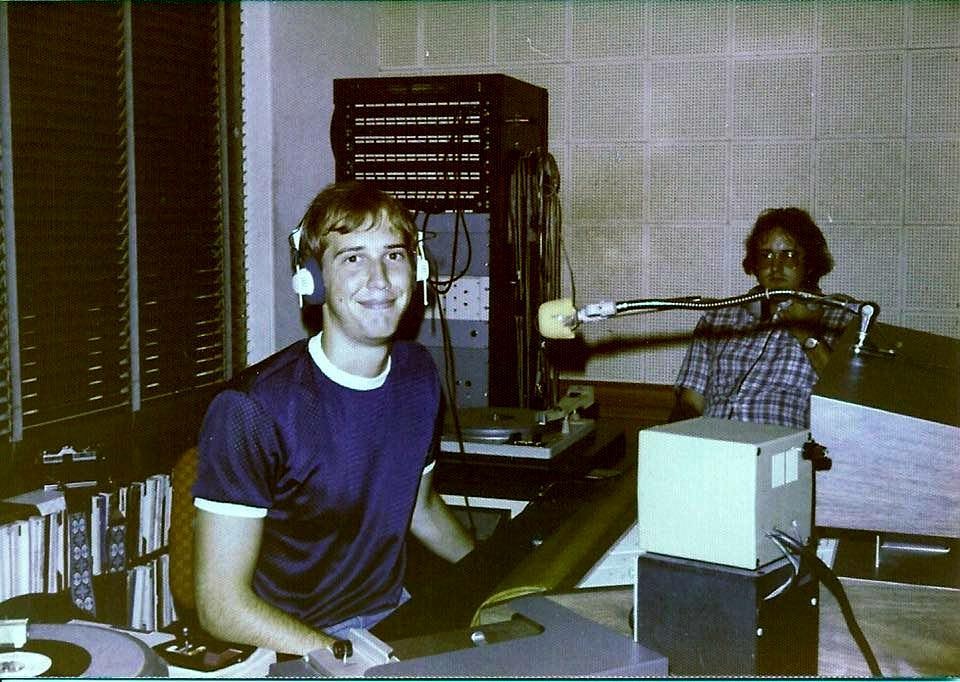
The New Mexico Experience
I was dating a woman who had come out to New Mexico to get her Ph.D. at UNM, so she came out here in 1985 and then when that station I was working at was sold I decided to come out here and join her. I started looking around for radio jobs in New Mexico and I was at a oldies station, and then I was at a kind of alternative rock station, and worked for a little bit at 94 Rock, which is still a commercial rock station that’s around here these days. So I worked at several commercial radio stations for a couple of years and then I got an offer to be the program director at a classic rock station in Cleveland, Ohio. Worked there for a couple years. After some good success there, after a couple of years the management changed and I got fired for the second time from a radio station.
And I always say that if you work in commercial radio you are in one of two categories: you either have been fired or you will be fired. Doesn’t matter what kind of job you’re doing because it’s so competitive and stations are always clawing and scratching to get into the top tier stations that if you don’t quite make it and the ownership changes then you’re looking for a new job.
After I left that job I went back to school to Cleveland State University, because that’s where we were and I got a Master’s in communications. And then we moved back here to Albuquerque in 1992 and started looking for commercial radio jobs. Worked at several radio stations, fortunately a couple years after we got back, a position opened at KUNM, the public radio station for the production director. I applied and got that job.
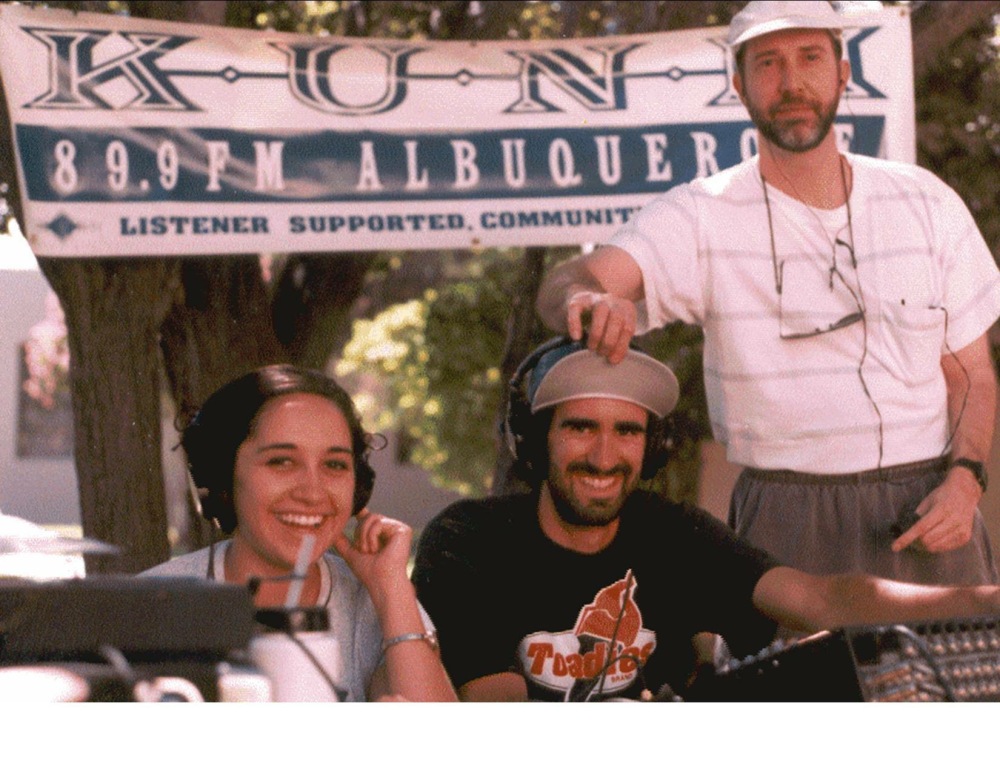
I worked at KUNM for eight years, in public radio, and it really turned my focus towards what it meant to be part of a community radio station and a public radio station. Very different from what the scene is like in commercial radio.
About six years into that tenure I got interested in doing freelance reporting and fortunately they let me work half-time here for a couple of years to see if I could generate enough business on my own to do reporting for public radio. And maybe do some freelance radio projects. I hesitate to say that was very lucrative since it is not very lucrative in public radio. The joke is that there is hundreds of dollars to be made in public radio. I got enough confidence that in 2002 I left KUNM and started working on independent projects that have been lucrative enough to pay the bills. Keep rice and beans on my plate. Since 2002 I have been working as a freelance public radio producer, reporter, and consultant.

Impactful Changes
Radio stations and the business have changed so much over the years. I would say that there are not as many opportunities or jobs as when I graduated from college in 1978. I mentioned earlier that the deregulation of the radio industry had a lot to do with that. We were talking about news departments, when the Reagan administration deregulated the broadcast industry and basically said that if you were a commercial radio station you really don’t have to do news if you don’t want to. You don’t even have to apply the fairness doctrine that if you have one political view that you have to give the same amount of time to another political view.
It also opened up ownership among stations so that corporations could own more stations and so they consolidated. One news department might serve seven radio stations instead of having competition between seven radio stations with independent news departments. So those jobs went away for news reporters. Automation became cheaper for radio stations to use, so fewer jobs for DJ’s. So the number of jobs available have really started to shrink. I think that’s generally true today. So I am not sure that I can walk into a college journalism department and say confidently that there is a lot of possibility for you as a radio journalist.
Having said that, the tools of the industry are a lot easier to use now. There are examples of a lot of people without journalism training but with some good general smarts and good communication skills, meaning that they can speak well and communicate well, that they can get into broadcasting fields. I think in some ways it’s a lot more accessible. I don’t think it’s specialized training. But you have to learn how to network, learn how to listen carefully to what is good in radio broadcasting, and I am partial to public radio broadcasting because I think that’s where the more creative work is done. And where the most interesting listening is done. And the more community sensitive work is being done. So I guess the tips I would give are to listen to what you think is good and try to emulate it. I don’t think I can confidently steer people towards commercial broadcasting just because, a) there are not as many jobs, and b) I just don’t think it’s as fulfilling a career as it might be if you explored ways to use the art of radio, and the art of audio, to the service of the community as when you are in public radio.
Peace Talks

My show (Peace Talks) is really at the core of what I am doing now. I have to say that when I got into commercial radio, I think commercial radio was much more of a community based effort. The first big station I mentioned in Charlotte, WBT, it prided itself in doing community service approach. It prided itself in helping out non-profits organizations in the community. It prided itself in doing newscasting. So much of that was taken away by deregulation. So that stations in the commercial field really are more about ratings and money-making.
So when I started working in public radio I felt more of a connection to that mission, which is supposed to be not driven by ratings. They do have to raise enough money from listeners, so they are more accountable to the people who are actually using the service than commercial radio. When you get into that environment and you know that the work you are doing feeds those priorities, then it’s very fulfilling and it connects you with your mission a little bit more. So when I left the station in 2002, that was literally four months after 9/11 in 2001. I was married at the time to the woman that I came out to New Mexico with, Suzanne Kryder.
After 9/11 we were like a lot of people sitting around our dining table and just filled with anxiety and wondering what was going to happen next. What, if anything, can we do to make the impending conflict be easier for us to understand, as well as for others to understand. I think that event made people feel vulnerable and a bit powerless about their ability to address any level of conflict. Something very simple that they might be facing as well as the big picture of world international conflict. Suzanne was a presenter and a researcher with a Ph.D., with a minor in organizational development. I had been doing radio work for a long time. So we decided to try to create a radio program together that would highlight the efforts of peace-making and also focus in on things that we can all do in our daily lives to resolve conflict.
So it’s kind of like a concentric circle idea of conflict resolution starting with the inner self. What are conflict scenarios, what are things that we all struggle with internally, how to make peace with ourselves, how to feel calm in this world, how to know what our mission is in this life and then work out from there. Then how do you resolve conflict with the people you are close to like your family, people at work, people in your neighborhood, your neighbor across the fence.
If we can’t figure out how to resolve conflicts with people in our own neighborhood, with our smaller circles, then how can we expect other people to work things out in the Middle East or along our borders?
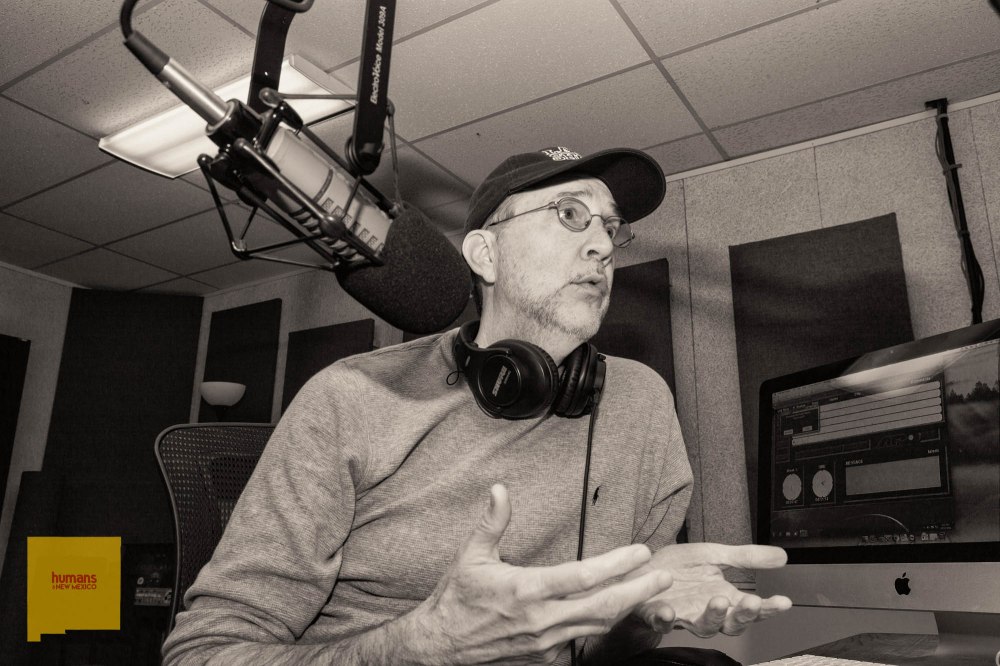
So we thought that if we explored those conflict scenarios in that particular territory, then people would hear something that they could use on a daily basis. We thought that would make people feel more confident about dealing with conflict in their own lives every day. Funny enough, or not surprisingly that the things that help us resolve conflict within ourselves and our inner circles, really when you magnify them out, are the same things that help us with conflict between nations and they require a lot of the same skills. They require some thoughtful meditation within, they require empathy. It requires developing good communication skills. It requires developing deep skills of listening. All these things are things that people have to employ in the highest levels in order to work out the big conflicts in our world. And they are the same things that you and I have to do if we run into a conflict. Between each other in our world.
We started with these thoughts for Peace Talks Radio. It would be helpful to have a regular forum on the radio where you can tune in and hear people giving you some advice, ideas, and real solutions to conflict. So we started doing programs on KUNM in early 2003, and ever since then, basically we have done a new program every month for going on fourteen years. We created a little non-profit organization that allowed us to take donations from people who also thought this was a good idea. We were separate from the radio station, although we work in coordination with KUNM in Albuquerque. We have continued to produce a series of shows. It’s a small operation and it kind of runs on thirty or forty-thousand dollars a year. We are interested in getting the word out any time we have a chance to talk about it. Our website is: peacetalksradio.com – which is a total resource. Every one of the shows we have done is available to hear, so it’s now up to about one-hundred and sixty programs.
If you wanted to create your own Peace Studies curriculum you can start in Peace Talks Radio. Hear these shows, read transcripts, and make your own curriculum from it. We are really proud of that work, it’s kind of the shining star that I continue to work on today.
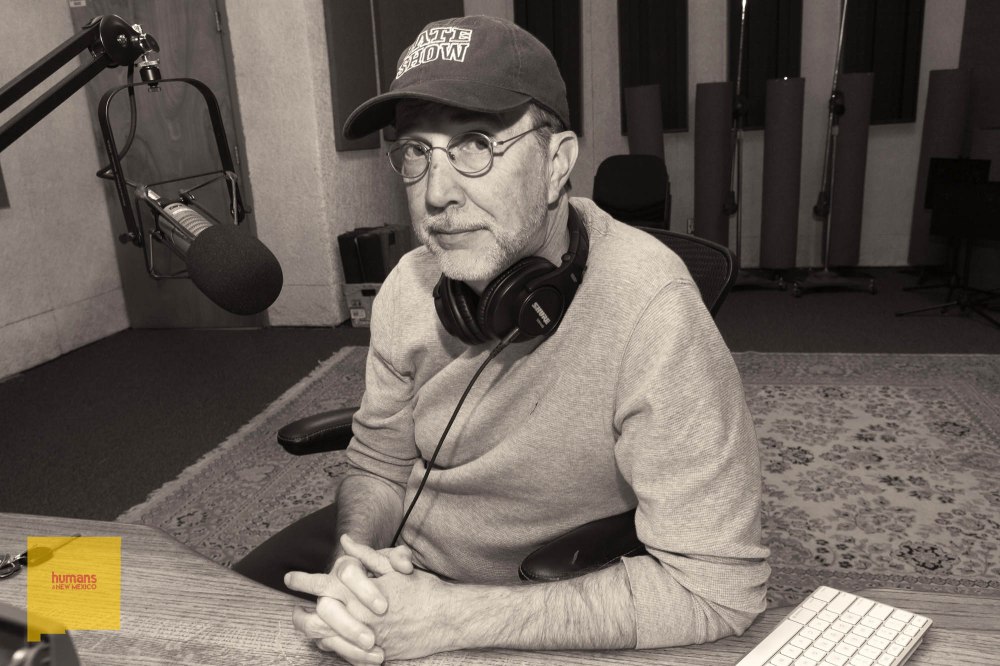
Peace Talks Over The Years
Our program is on KUNM in Albuquerque for 13 years now and sometimes it takes that long for people, for a particular program which is not on every week or every day, to recognize that Peace Talks Radio has been around for a while. Also, I’ve learned in radio that you can’t count on feedback from the audience as much as you’d like. Usually they will only call or write if they have a complaint, but if they are happy with the program it takes a big push for someone to sit down and write something nice about a program.
It happens more accidentally… I’ll give you an example, I was buying tickets for an event at Kimo Theater here in Albuquerque that was put on by a bookstore, and I had a question and I called the bookstore. I asked them about the tickets and gave them my name, and they asked me, “Are you Paul Ingles from Peace Talks Radio?” And she said, “I love that show! I’ve been listening to it for years! This is what I like about it.” It’s very gratifying to hear that, but it’s often kind of accidental that you will hear that.
The test for me is that the radio stations are confident that it’s a good sounding radio show and that it deserves a place in their line-up. We have recruited stations and expanded our network so that there are about fifty stations in nineteen states that are carrying Peace Talks now. Eventually, we had enough episodes in our archive to say to a radio station “we can give you an episode every week”. Even though we are only doing twelve new shows a year, they get good variety because if we use our archive of programs. If the station wants to air us every week, they can go for two and a half years without repeating a show. We are grateful to be on all those stations. Knowing that if KUNM has ten-thousand listeners when our show is on the air, and the station in Seattle probably has forty-thousand listeners at a time, and a Colorado station might have a thousand listeners at that time, it all adds up. You start to do the math and you know that over the course of a year with all those stations carrying it, then a million listeners are going to be able to hear Peace Talks Radio.
So it’s not so much of a star-trip as it is a gratifying completion of a small idea from a couple of people who thought “what can we do that would help?” And then it multiplies out so that the show gets out and into the ears of tens of thousands of people over a period of time, . Then you start thinking it’s worth it. And each one of those radio stations, if it wasn’t reaching those audiences, and they were not satisfied with it, then they wouldn’t carry the program. Sometimes those individual contacts are a little rare. I’d love to get more of them just to get to know that people were getting more out of the program, but I would be misleading you to say that we get stacks of mail or loads and loads of e-mail every day.
Originally it (Peace Talks) started very New Mexico based and it was only on KUNM. So we spent the first couple of years kind of getting our feet wet, trying to decide how we wanted the show to sound, purely by talking to people who wanted to do this kind of good work in New Mexico. Diversity trainers, mediators in the work place, people working with young people on things like bullying. So the parade of guests in the first couple of years was purely New Mexico. When we recognized that a conversation about bullying in New Mexico would be just as useful to someone listening in Seattle, then we started also recruiting people from other parts of the country to give it a little more of a national weight. We started integrating more guests nationally, always keeping a hand in New Mexico. So that if there was somebody working in this field in New Mexico then we would probably talk with them and the author working at Harvard, for example. And also with the reverse of what I just said, somebody who is working in an institute based in another city, the concepts are just as applicable to people here in New Mexico. It’s a way to bring world-class thinking to New Mexico and also spreading it out to other places where our program is carried. It’s still important for us to stay connected in New Mexico. In an average program, if we look at an average of 30 guests in a year, I would say a quarter of those are still folks from New Mexico who are contributing to that work.
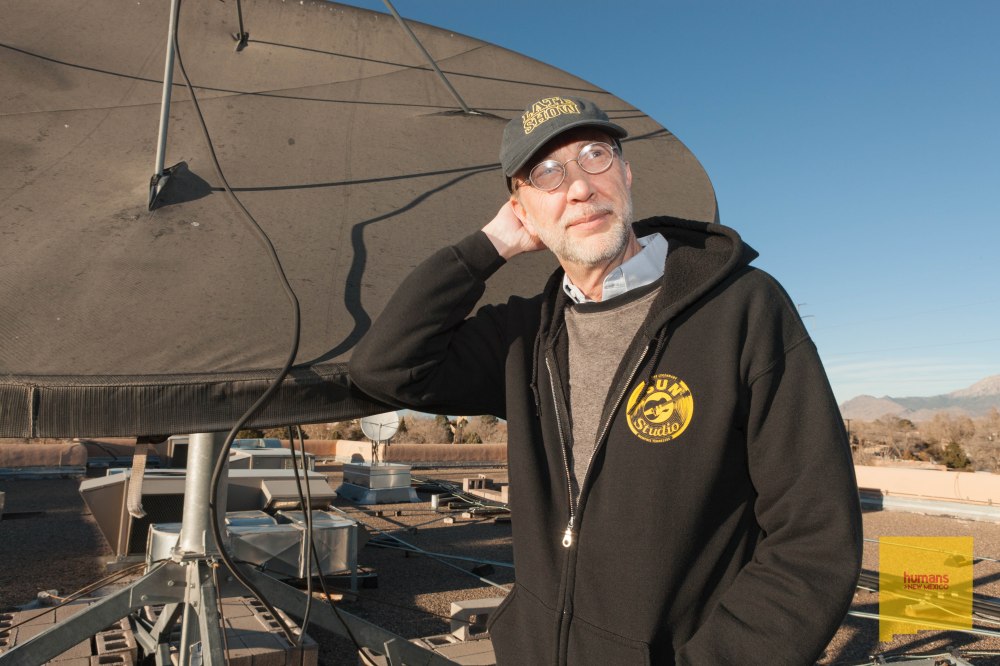
Reflections on New Mexico
I have been in a few different markets, or cities. (I call them markets because that’s how we refer to them in radio), but when I first moved out to New Mexico, right away I was in a world with more diversity. The multicultural mixing here in New Mexico is very rich and gratifying, so I think this is a good place to be doing a program like this from. Suzanne, my production partner, will remind me to ensure that we get a diverse panel. You can’t always diversify completely, but it’s something that is really important. If you look at our website’s topic list and guest list, you will see that there is an attention to diversity that grows out of being here in New Mexico. I think it also invites listeners to keep a diverse mind as well in dealing with all of these areas of conflict. It’s also important to tap into the rich cultural traditions of the Native American audience in terms of peacemaking. Even though they have been on the short end of the stick, in terms of peace treaties broken by the American government over the course of the years, their tradition prior to European intervention is rich with tales about conflict resolution and peacemaking that can apply so easily to daily lives. It’s great to be able to reach back and explore that history with elders and experts in that particular field. You can do that in a lot of diverse directions, too.
I think one of the positive attributes is that the default diversity of the cultures is really strong here.The challenges are perhaps, as other creative people might have mentioned, the sparse population here and the lack of funding. I should say that we have had some good foundations support our work. We have had a steady stream of small donations from our friends and families here in New Mexico. In terms of supporting public media, I think that New Mexicans have been pretty responsive. They keep KUNM and their other public stations in good shape by donating. I am sort of embarrassed to resort to a conversation about just funding but it’s what is the biggest challenge. We are sort of limited to a $30,000 budget of an operation that produces 12 hour long public radio programs, it’s not a lot. So we are always kind of hoping that the word gets out, that people will recognize that when they hear our show on KUNM, that KUNM is not producing it in this case, and so that the money that comes into KUNM does not really come to us, even though KUNM offers us some office space and studios that really help.
It’s getting easier and easier to produce programs. I use to need a reel-to-reel tape machine and lots of specialized equipment. And now I can produce all of this on a laptop. That has made this type of project, and a lot of other radio art, possible. Those of us in radio consider ourselves like starving artists of the electronic medium!
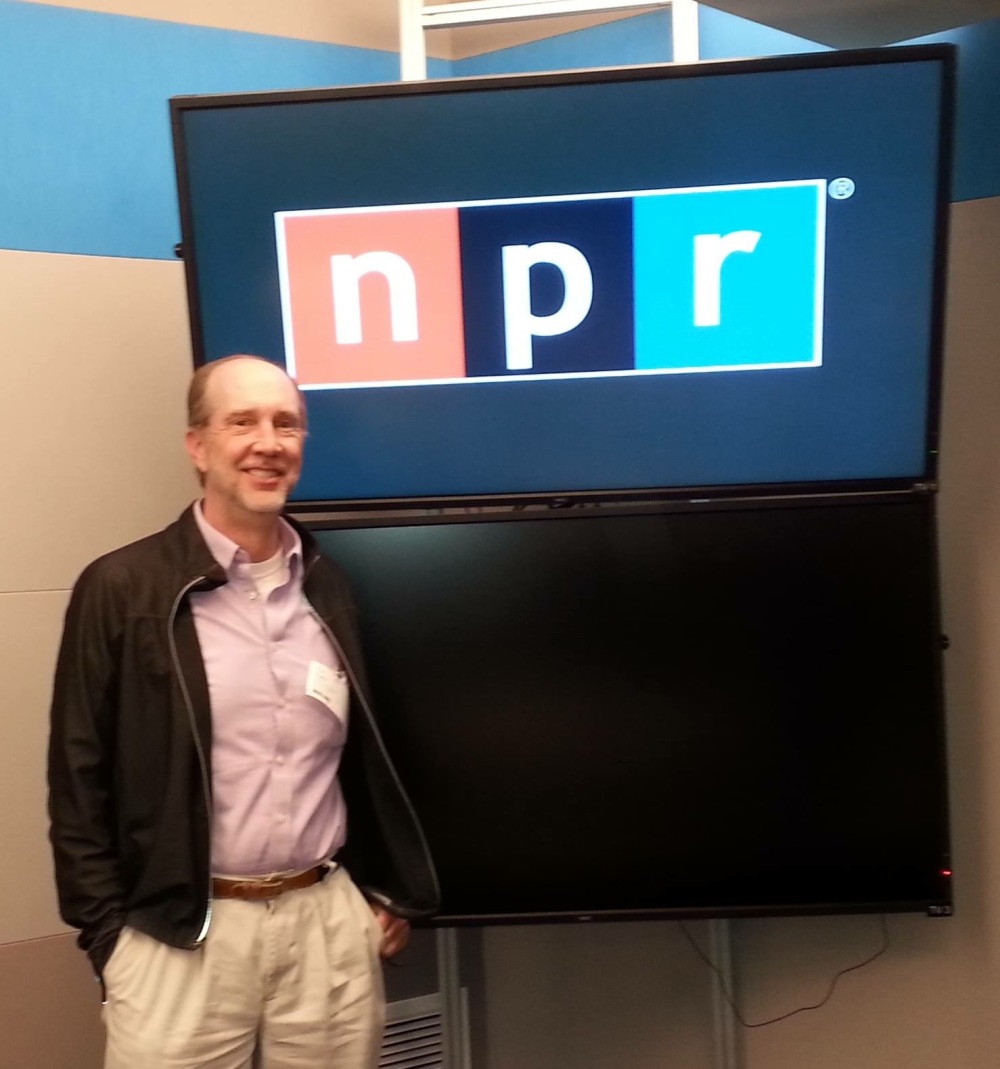
I will just mention briefly a couple of other hats that I wear that motivate me. One is I have an association with National Public Radio. I have a small contract with them – 8 hours a week – to be their Liaison to Independent Producers. Independents like me (freelance reporters around the country and around the world), might not know how to connect with the editor’s desk at NPR, or what other programs are out there that might take their reporting. I help them get connected. How can they create a radio program that they get other radio stations to play. I am available through folks at NPR to do that and I have been doing that for 10 years and I am grateful for that opportunity. I also produce music documentaries on music history.
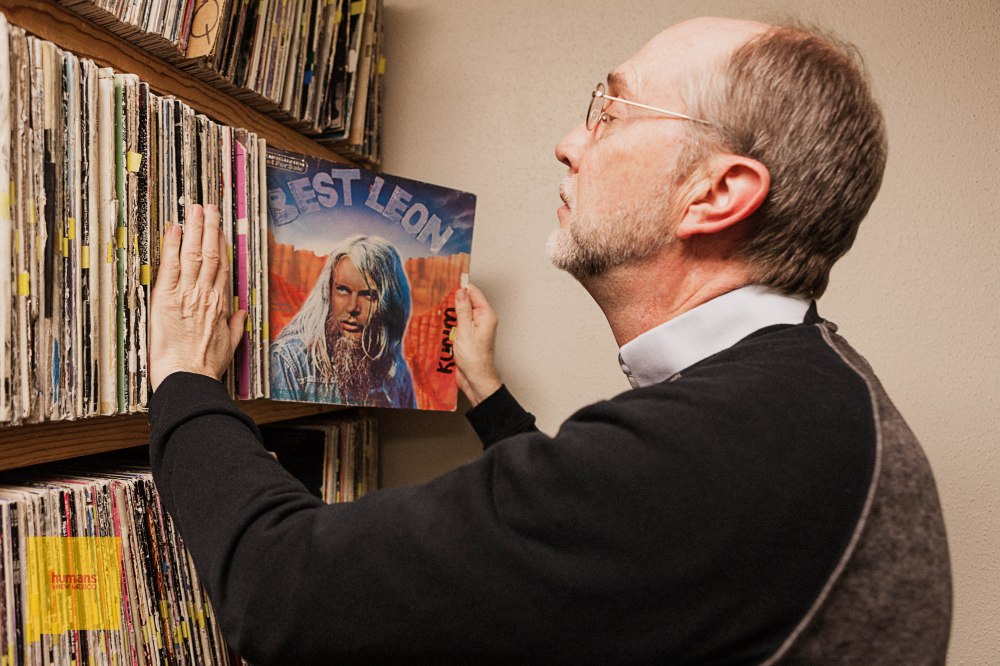
Music For Soul Development
I am 60 this year, and the artists that I grew up with like The Beatles and The Rolling Stones, Bob Dylan, Paul Simon, Bonnie Raitt and Joni Mitchell…these are all musicians who have had a huge impact on my soul development, my life understanding, and my enjoyment.
One semester I taught a Rock-And-Roll course for the American Studies Department. I won’t get into how difficult that was and why I don’t teach it anymore, but I have had this enthusiasm for rock music history and trying to understand the people who do it and more importantly the deep connection that the great musicians have made with their audience. And why somebody like James Brown or Carlos Santana or someone like Bruce Springsteen, what were they doing particularly early in their careers that made them stand out, that made them connect in a special way. I create often 2 hour documentaries on this rock history. I do interviews with everyday people who enjoy these artists, music writers and sometimes I get in touch with the artists themselves. Sometimes artists are hard to get to or I find that they are a little bored of talking about themselves, so it is better to talk to people who are enthused about their music to paint a picture of what was really special about them. Those programs I market to public radio stations and they are all available through my website or the public radio exchange, which is a great resource for finding great public radio programming. I don’t get a lot of money out of that, but I get a lot of satisfaction out of being able to channel out my enthusiasm and emotion for these special artists. I am working on one on Otis Redding right now.

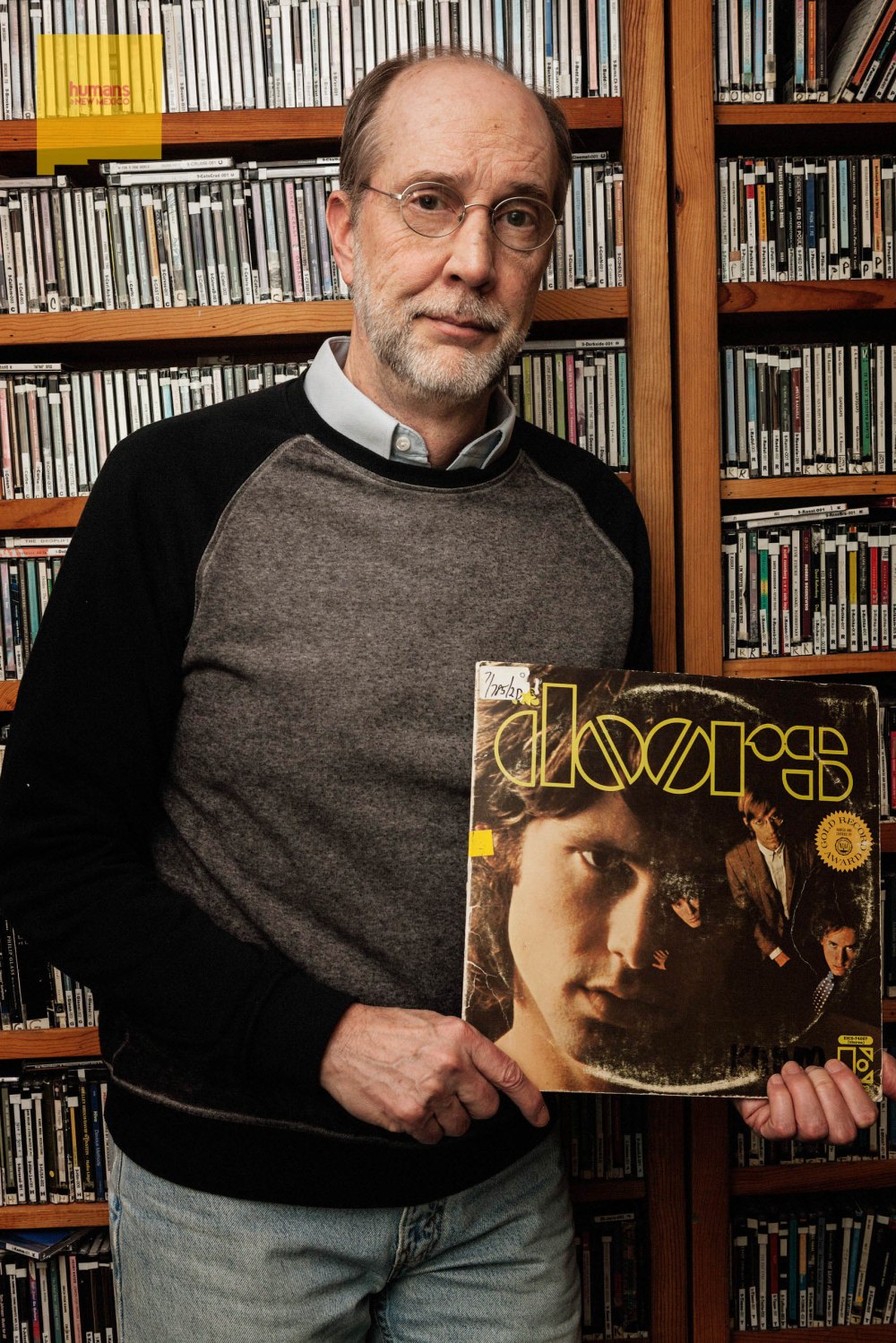
Photo Credits: Jim Holbrook
